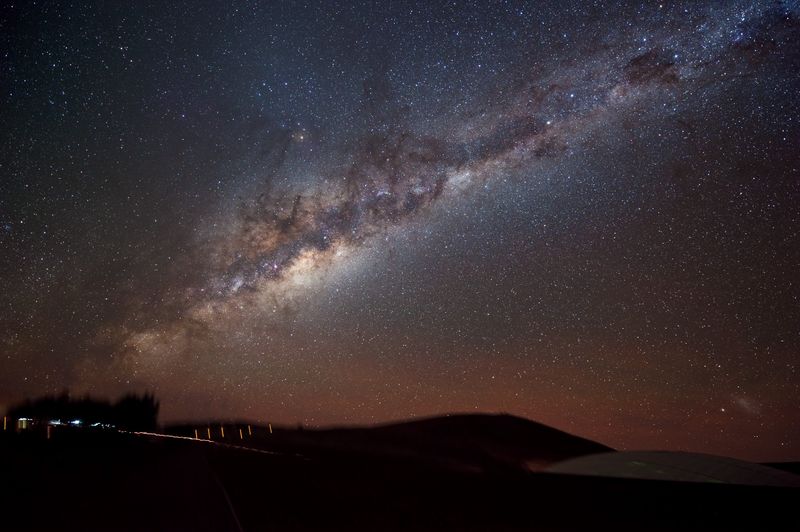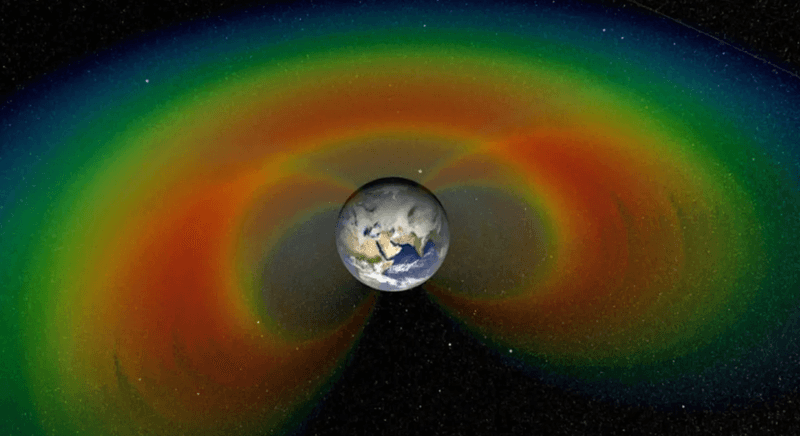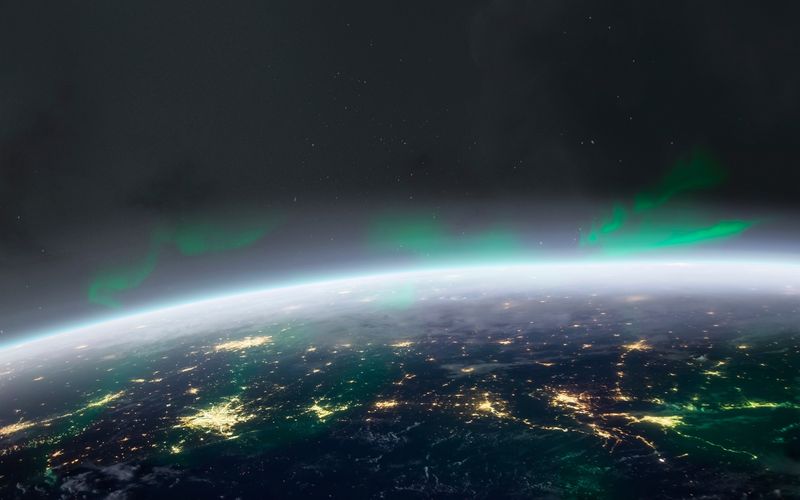The search to explain the composition of dark matter has proven so frustrating some physicists have proposed a radical alternative. What if there is no dark matter, they argue, but instead, our understanding of gravity is wrong, leading it to behave differently to our expectations on very large scales? An effort to test this revolutionary hypothesis published in Astronomy and Astrophysics appears to favor dark matter's existence but is not so definitive as to rule out the alternative.
The rate at which galaxies spin tells astronomers something more is driving them than the material we can see, known as baryonic matter. Very Rubin explained this observation with the idea there is a lot of extra mass present we can't see, but which nevertheless exerts a gravitational pull just like all the ordinary visible matter.
This naturally set off a search to find what the so-called dark matter consists of, but many of the proposals have been ruled out. The University of Amsterdam's Professor Erik Verlinde suggested instead an idea he called emergent gravity. This proposed that instead of some unknown form of matter, the extra spin was a consequence of gravity being disordered at the quantum scale but macroscopically homogenous. If so, the baryonic matter could exert more force at the very large scale than Newton or Einstein's theories predict.
Dr Margot Brouwer the University of Groningen ran a small and inconclusive test of Verlinde's idea in 2016, but has now performed an expanded version, with Verlinde himself on the team.
Brouwer and colleagues reasoned that if dark matter is real its distribution should not always match that of baryonic matter – the ratio between the two in galaxies should vary. On the other hand, emergent gravity should imply constant forces relative to a galaxy's baryonic matter.
From a sample of around a million galaxies spread across 1000 square degrees Brouwer and colleagues narrowed their focus to 259,000 galaxies isolated enough their neighbors should not greatly distort their spin. The authors measured the Radial Acceleration Relation (RAR) for this sample, a measure of the observed gravitational effects compared to what would be anticipated based on visible matter and conventional models of gravity. Using the power of gravitational lenses, the team measured the RAR 100 times further out than each galaxy's luminous disk.
Brouwer compared galaxies with different evolutionary histories and said in a statement; “We discovered that the RARs for the two types of galaxies differed significantly. That would be a strong hint towards the existence of dark matter as a particle.”
The contrasting paths by which these galaxy types reached their current sizes could easily have caused more dark matter to aggregate in some than others. On the other hand, it makes no sense for galaxies' past to alter the emergent gravity they apply. Similarly, the emergent gravity theory fits poorly with the recent confirmation one galaxy lacks dark matter entirely.
Some may interpret this result as settling dark matter's existence and vindicating the ongoing quest to identify its nature. However, Verlinde doesn't think the question is settled yet. He notes galaxies have large halos of theoretically visible gas we find hard to see. If this gas is much more abundant in certain galaxy types it could explain the differences in their rates of rotation without needing to invoke dark matter. Brouwer's telescopes are poorly suited to finding the missing gas.
Even if gas differences don't save Verlinde's theory, he thinks there are other tweaks that might. Despite the perception, great questions in science are settled by a single brilliant paper, the reality is usually much more messy and drawn out.




